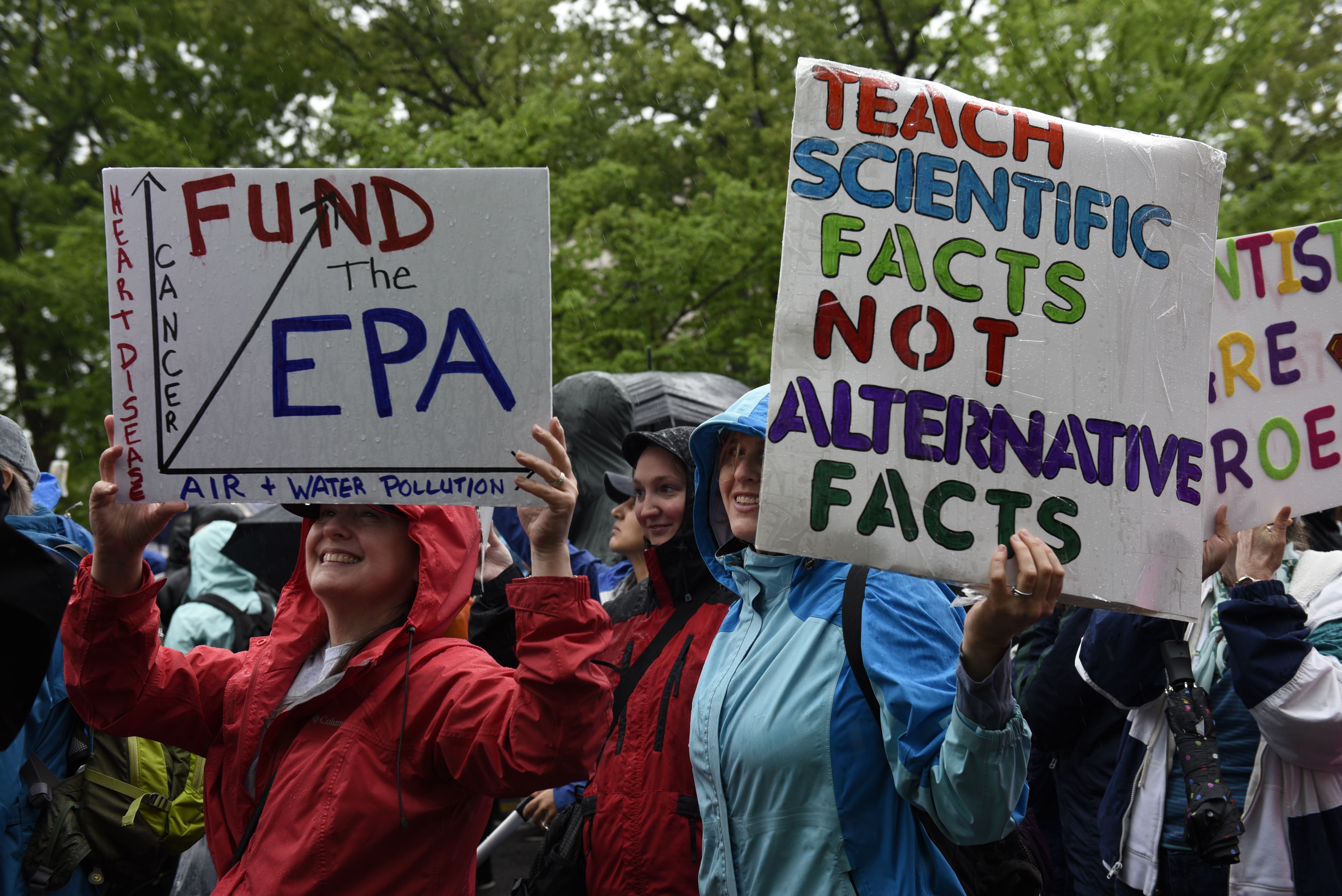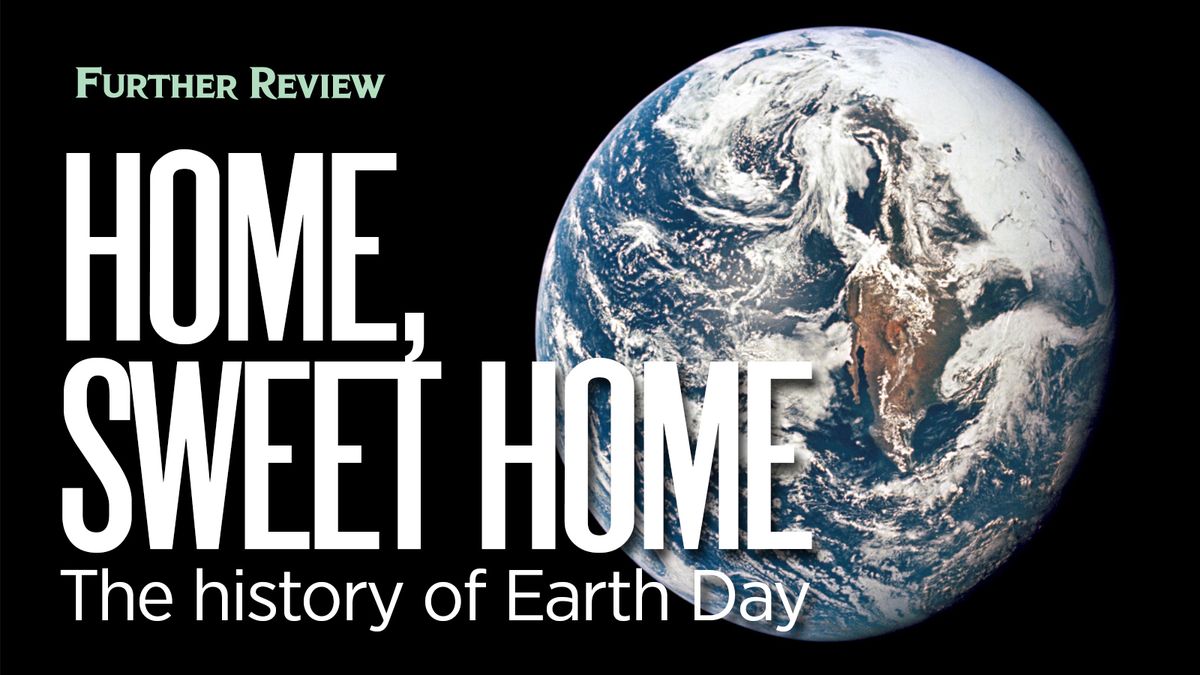
By Charles Apple
The Spokesman-Review
Earth Day is the day to celebrate our home planet, to make ourselves more aware of environmental issues that affect it and to do what we can to make our little corner of it healthier and safer. Today is also the 50th anniversary of the first Earth Day.
A history of Earth Day
SEPT. 27, 1962: Marine biologist and conservationist Rachel Carson publishes “Silent Spring,” documenting the effects of pesticides on the environment. The book leads to changes in laws regarding use of pesticides and a national ban on DDT. Historians would credit the book as part of the birth of the modern environmental movement.
SEPTEMBER 24, 1963: President John F. Kennedy embarks on a five-day, 11-state conservation tour to help publicize environmental issues. He visits Washington, Oregon, California, Nevada, Utah, Wyoming, Montana, North Dakota, Minnesota, Wisconsin and Pennsylvania.
JAN. 28, 1969 A Union Oil platform six miles off the coast of Santa Barbara, California, experiences a blowout that results in more than 80,000 barrels of crude oil spilled into the Santa Barbara Channel. Thousands of sea birds and dolphins, seals and sea lions are killed.
JUNE 22, 1969: A spark from a passing rail car ignites an oil slick on the Cuyahoga River in downtown Cleveland. The fire causes very little damage but is publicized by a story in Time magazine illustrated with a photo of a much larger fire in 1952. The story describes a river that “oozes rather than flows.” The story appears in the same issue that features Apollo 11 landing on the moon and Sen. Ted Kennedy’s accident at Chappaquiddick. Environmental issues are suddenly big news.
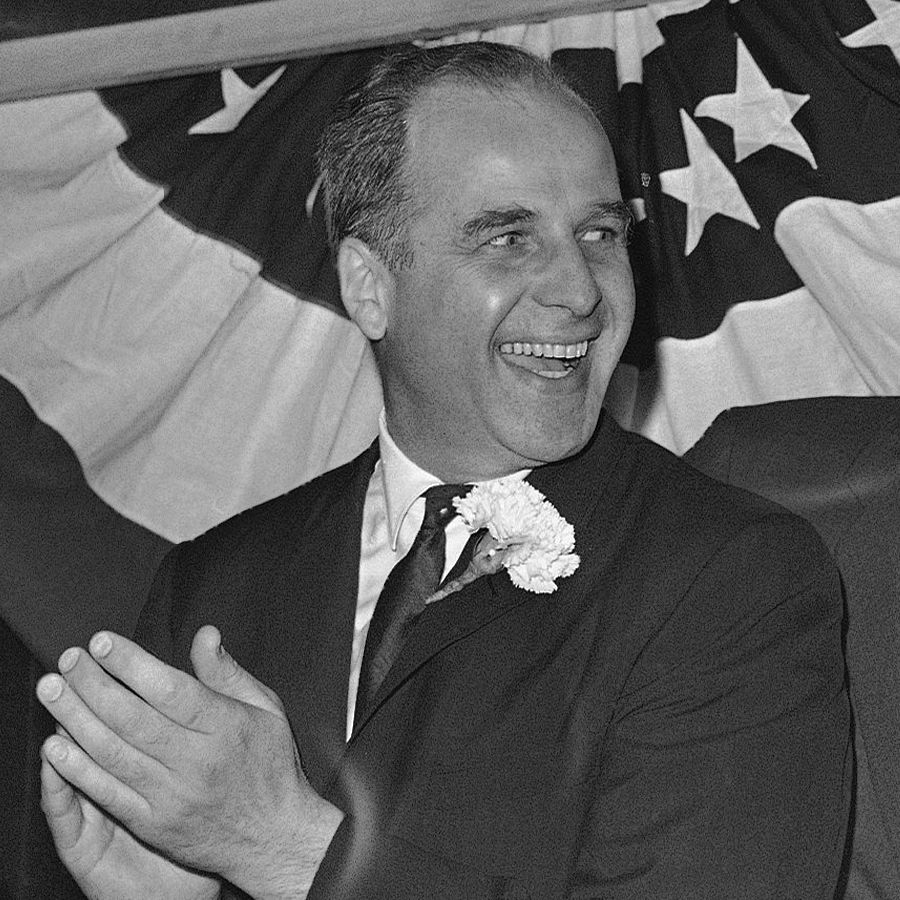
SEPT. 9, 1969: At a conference in Seattle, Wisconsin Sen. Gaylord Nelson proposes the idea for an Earth Day. Inspired by the campus sit-in and teach-in anti-war demonstrations of the time, he envisions a nationwide teach-in about the environment.
OCTOBER 1969: Peace activist John McConnell, speaking at the UNESCO Conference in San Francisco and unaware of the proposal Nelson has made – proposes what he calls Earth Day — March 21, 1970, the first day of spring in the Northern Hemisphere – to honor the Earth and the concept of peace. This proposal is sanctioned by United Nations Secretary General U Thant.
NOV. 11, 1969: Nelson and his Senate staff, building on the idea he had first proposed in September, announce the first Earth Day will be held April 22, 1970. His thinking: That it is after spring break but before final exams. He bills Earth Day as a “National Teach-In on the Crisis of the Environment.”
JAN. 28, 1970: On the one-year anniversary of the Santa Barbara oil spill, residents in that area celebrate what they call Environmental Rights Day. A number of California politicians speak on the need for greater awareness of environmental issues.
MARCH 21, 1970: San Francisco Mayor Joseph Alioto leads a citywide observation of the first equinox Earth Day. Celebrations are held in several cities in the Bay Area. To this day, the United Nations observes Earth Day on the vernal equinox.
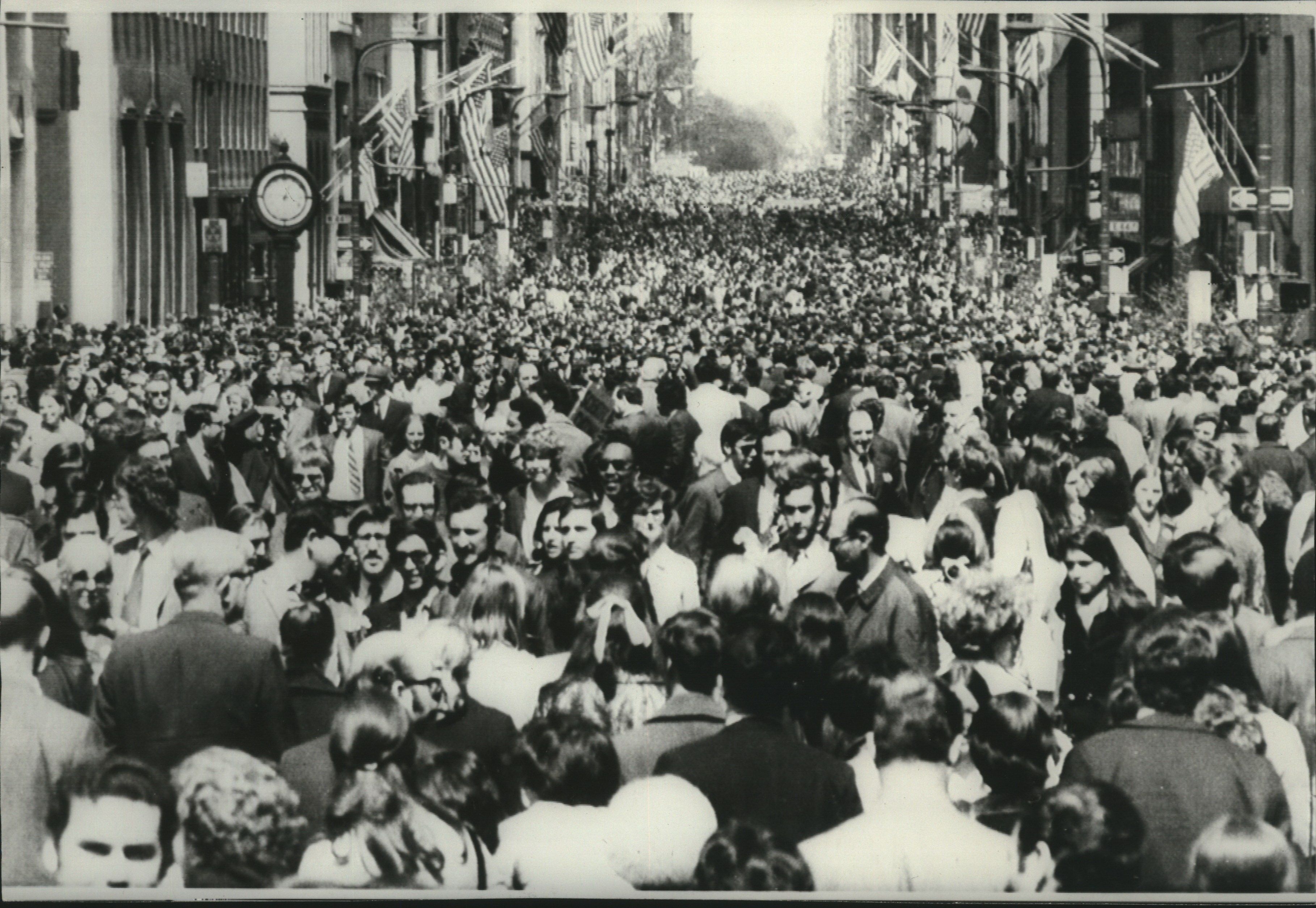
APRIL 22, 1970: What’s now regarded as the first Earth Day is observed on college campuses, public schools and communities across the U.S. About 20 million people participate in demonstrations, rallies, marches and educational programs.
JULY 9, 1970: President Richard Nixon proposes a reorganization of various governmental agencies that oversee environmental issues to be brought under one roof. The Environmental Protection Agency will begin operation on Dec. 2, 1970.
APRIL 22, 1990: On the 20th anniversary of Earth Day, efforts are made to broaden the scope of Earth Day activities and to extend Earth Day outside the U.S., with 200 million people in 141 countries observing Earth Day that year. Nelson addresses a crowd of 800,000 on the National Mall in Washington D.C.
APRIL 21, 1995: On the eve of the 25th anniversary of Earth Day, President Bill Clinton announces he will award Nelson the Presidential Medal of Freedom for founding Earth Day.
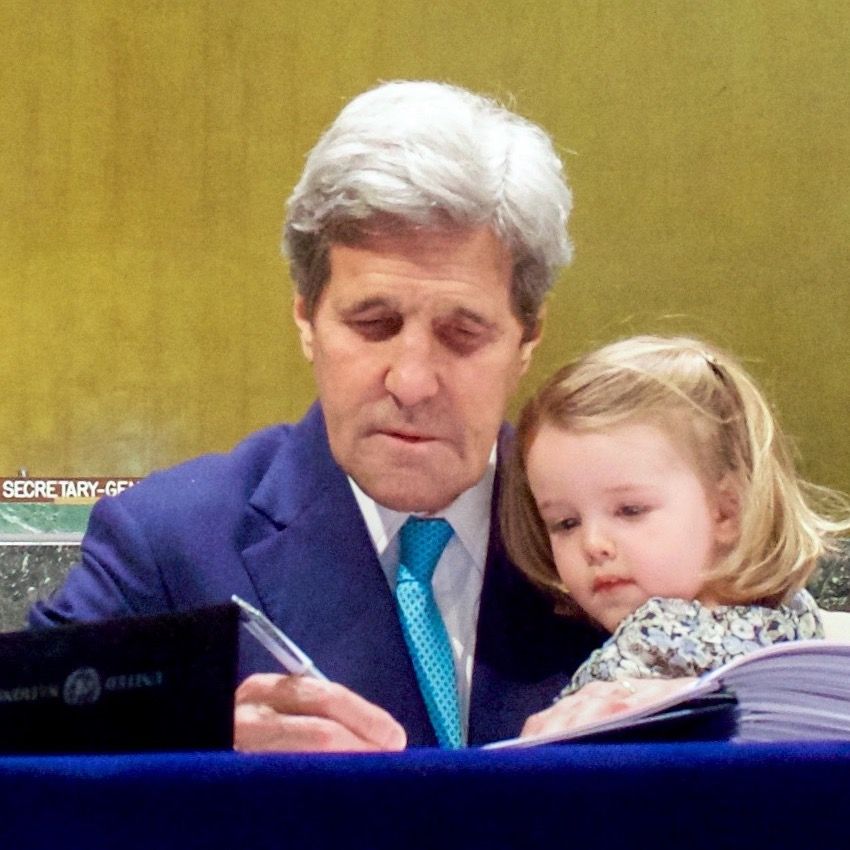
APRIL 22, 2016: Secretary of State John Kerry signs the Paris Agreement, an effort to deal with greenhouse gas emissions. 175 countries plus the European Union sign the agreement on Earth Day.
APRIL 22, 2017: The first March for Science takes place on the National Mall in Washington, D.C., to show support for scientists and their work and to oppose President Donald Trump’s energy and environmental policies and his decision to withdraw from the Paris Agreement.
